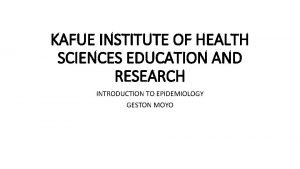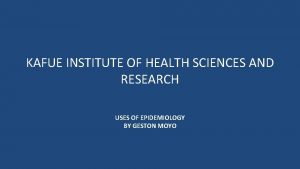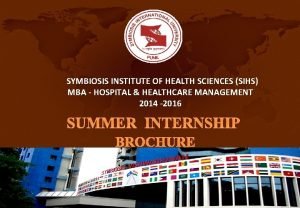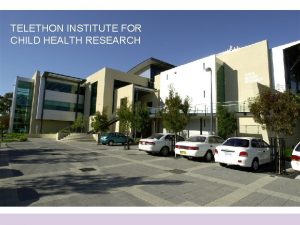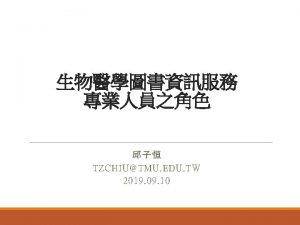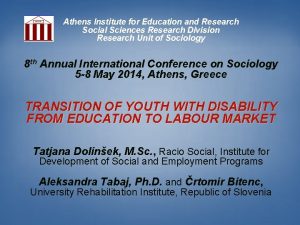KAFUE INSTITUTE OF HEALTH SCIENCES EDUCATION AND RESEARCH








- Slides: 8

KAFUE INSTITUTE OF HEALTH SCIENCES EDUCATION AND RESEARCH INTRODUCTION TO EPIDEMIOLOGY GESTON MOYO

DEFINITION v. Epidemiology is the study of the frequency distribution and determinants of health-related states or events in specified populations, and the application of this study to the control of health problems (John M. Last in 1988).

DEFINITION CONTINUED v. This definition includes epidemic diseases, Endemic diseases, chronic diseases, accidents and mental health. In modern days, epidemiology includes health related states, events and “facts of life” occurring in human population. v Epidemiology includes the study of health services utilized by the people and to measure their impact. v However, there are three components in the definitions of Epidemiology by different people.

COMPONENTS TO EPIDEMIOLOGY DEFINITION 1. Study of disease frequency ( Study of how often is the disease) 2. Studies of the Distribution (Study of the geographic location, population distribution) 3. Study of determinants of disease

STUDY OF DISEASE FREQUENCY v Disease, disability and death frequency is included in the definition of epidemiology. v The basic measurement of frequency is a rate or ratio. E. g. Incidence rate, prevalence rate and death rate. Other examples are Relative Risk Ratio (RRT) and (Odds Ratio). v Rates and Ratios are important for comparison of disease in different populations. E. g. One community may have 1 patient out of 20 people and the other may have 20 patients out of 100 people. This information may lead to conclusion of which community is the most affected.

STUDY OF DISEASE DISTRIBUTION v Distribution implies that the occurrence of disease and other Health outcomes varies in the populations, with some sub-groups of the population being more frequently affected than others. E. g. Measles in under five children because of low immunity. v The study of distribution of the disease leads to generation of an assumption of the causative or risk factors of the disease.

STUDY OF THE DETERMINANTS OF DISEASE v. A determinant is any factor that brings about change in a health condition of someone or any other defined characteristics. v. Examples of determinants are: Biological factors such as Bacteria and Viruses. Other examples are chemical agents (Carcinogens and Pesticides) and non specific agent such as stress.

CONCLUSION • Epidemiology deals with studying the following inorder to manage and promote health 1. Disease frequency 2. Disease distribution 3. Disease determinants
 Kafue institute of health sciences
Kafue institute of health sciences Kafue institute of health sciences
Kafue institute of health sciences Health and environmental sciences institute
Health and environmental sciences institute Symbiosis hospital management
Symbiosis hospital management Ucf kinesiology masters
Ucf kinesiology masters Natural science tok
Natural science tok Target institute of medical education and research
Target institute of medical education and research Australian primary health care research institute
Australian primary health care research institute Telethon institute for child health research
Telethon institute for child health research
